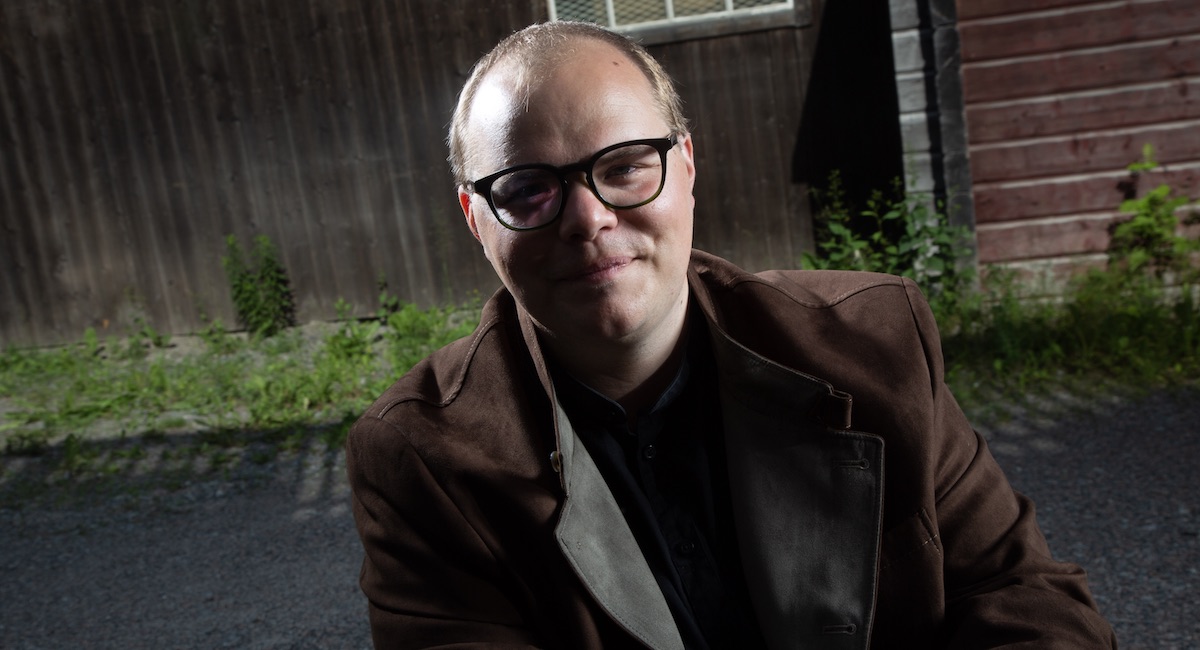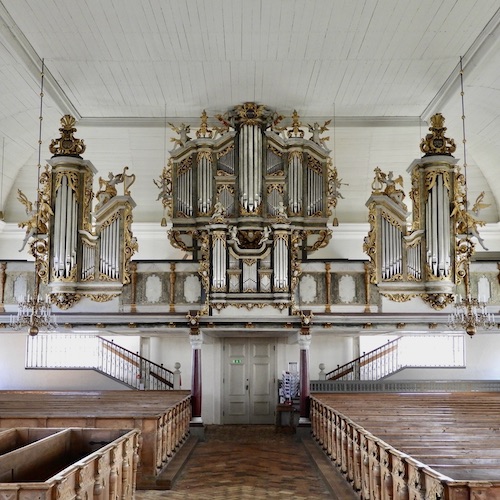Lövstabruk - SE
Associate member
History of Lövstabruk
”But I would go so far as to say that my dear mother has seen nothing in Sweden if she has not seen Leufstad.” - These words are taken from a letter that the future King Gustav III wrote to his mother, Queen Lovisa Ulrika, in 1768.
In the forests of northern Uppland lies the old community of Lövstabruk. Lövstabruk was once one of the world's most successful and largest ironwork, dating back to the 16th century. From the beginning of the 1640s and for thirteen generations onwards, Lövstabruk was owned by the de Geer family until 1986. Today it is considered to be among the country’s most magnificent industrial communities. The linear society, the strict architecture, the yellow buildings and the impressive Baroque gardens are together with the famous Cahman organ Leufsta´s signature features.
In 1629, banker Louis De Geer started leasing the Crown’s foundry. He recruited highly skilled Walloons, and the ageing foundry was transformed into the modern ironworks of Lövstabruk. The majority of all the iron manufactured was exported to Europe, and Sweden became one of the world leaders in iron production. Louis De Geer and his family eventually come to own the majority of Sweden’s leading ironworks and mines. He was a Calvinist and as such considered money to be unclean. Instead of stockpiling it, he sloughed it back into new projects and new companies.
At its peak, almost 1500 people lived in Lövstabruk. In practice, the ironworks functioned as a self-sufficient community, headed by the proprietor and his man on site: the administrator. As well as foundry workers and office clerks, a wealth of occupations were represented, including cartwrights and stove builders, maids and servants at the manor, joiners, skippers, fishermen, hunters, cattle-drivers, nightwatchmen - and an organist. Social care was an early feature of the ironworks. In 1641 there was a school for Walloon children where, for example, music was part of the music education. The school was for all children - both girls and boys.
Lövstabruk’s present-day appearance dates from its rebuilding following the Russian attack of 1719. This is an urban environment of straight streets, workers homes, some monumental buildings in the centre and a Manor House. The church was build in 1725 as a church for the employees at the iron works. They were walloons and callvinists and the church was build to serve the callvinists services. That means that the church is bare except for the magnificent pulpit, altarpiece and organ. The church was private owned until about 1930.
Lövstabruk is still a lively little community, offering summer activities and attractions. And perhaps it’s true that if you haven’t seen Lövstad, you haven’t seen Sweden!
Artistic Director: LUKAS ARVIDSSON (email)
News
The Organs
Artistic Director






